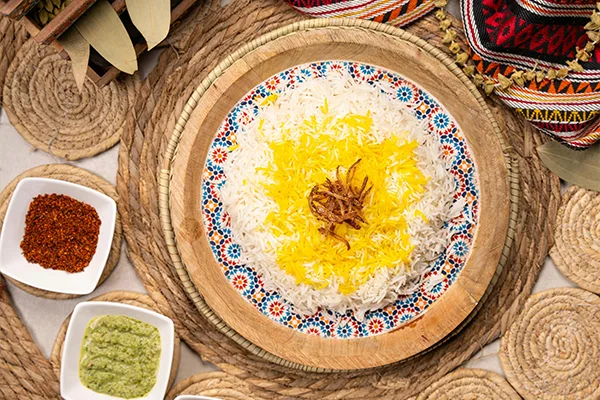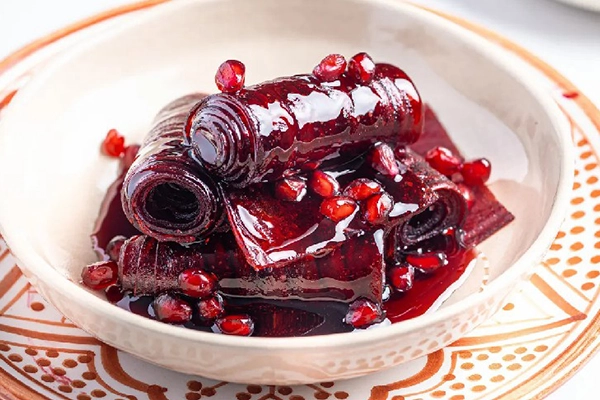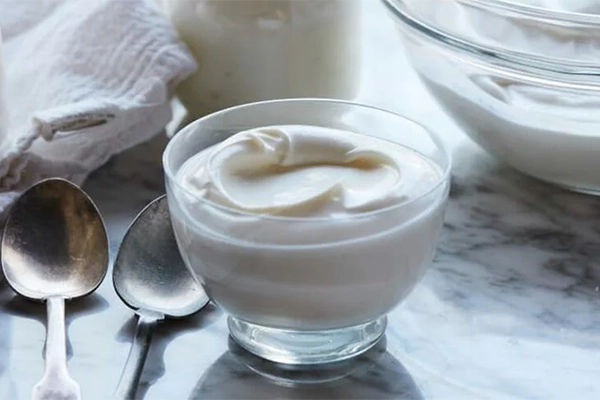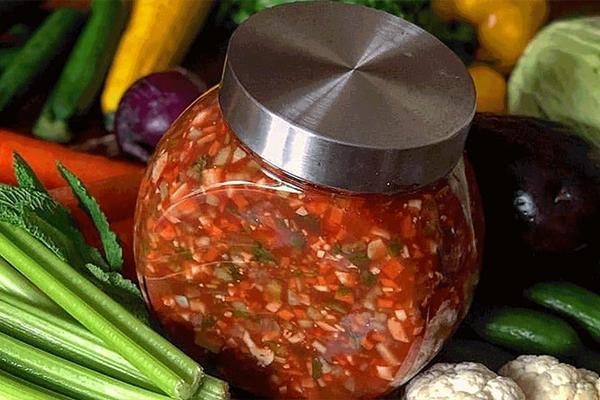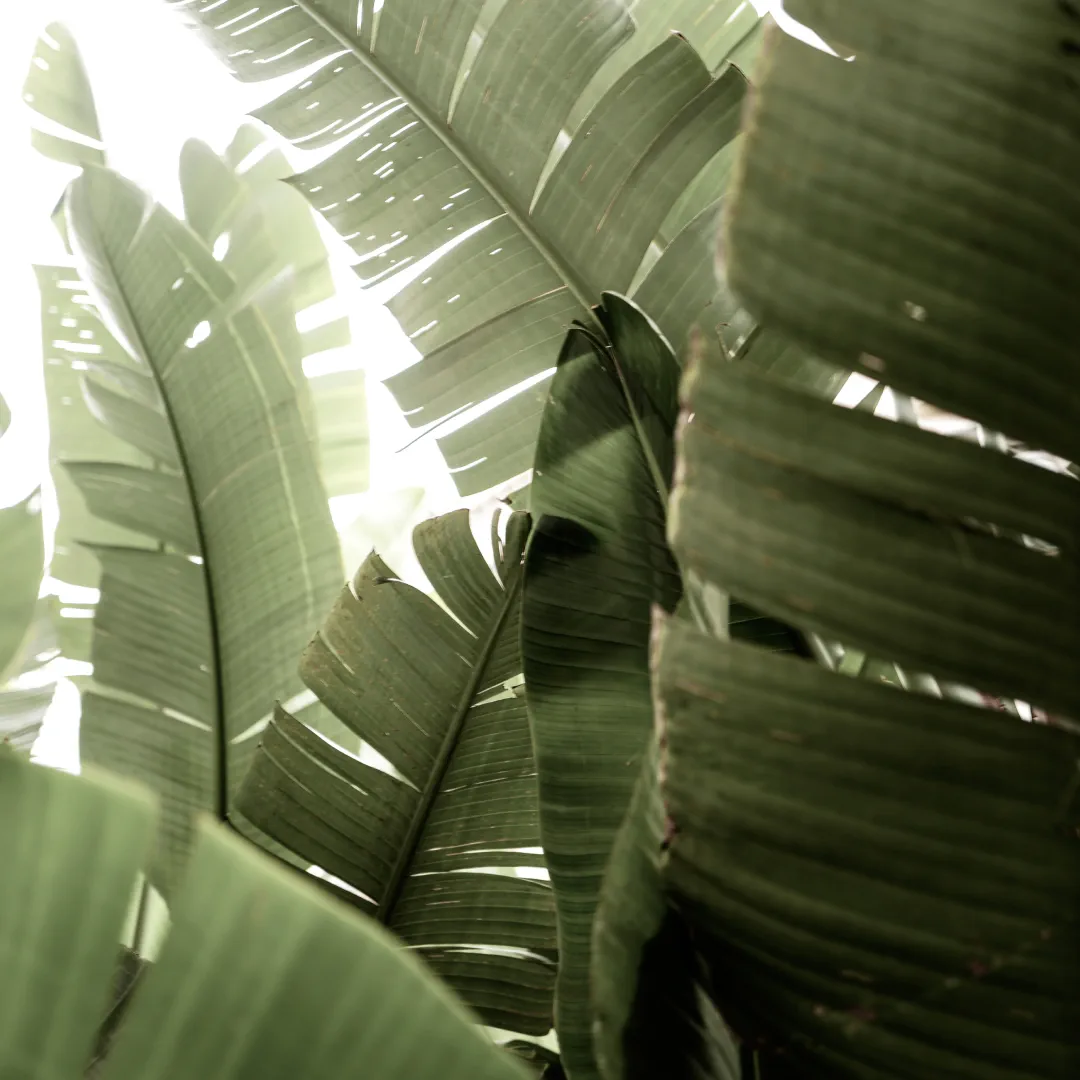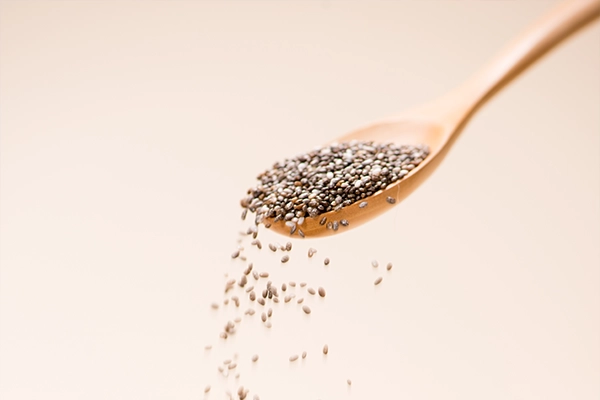Rice is one of the world’s most important grains, cultivated in tropical and humid regions. The ideal climatic conditions for rice growth are described as “head in fire and feet in water.” Rice comes in various types, categorized into two main groups based on appearance: Indian (long and slender grains) and Japanese (short and round grains). In Iran, premium Sadri rice belongs to the Indian variety. The rice grain consists of several layers: the outer husk, the brown bran layer (containing vitamins and minerals), and the starchy white endosperm. White rice reaches the market after the husk and bran are removed. Rice propagation occurs through seedling transplantation in early spring. The seedlings are then transferred to flooded fields. Harvesting time varies from 70 to 150 days, depending on the variety. In Iran, rice is cultivated in northern regions as well as Khuzestan, Fars, and Isfahan provinces. In this article, we aim to introduce you to the recipe for saffron rice.
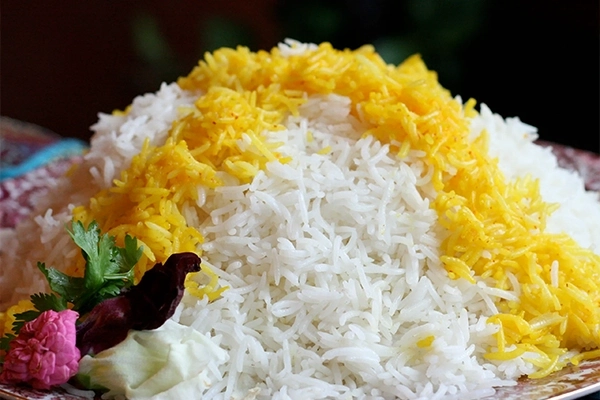
Rice and Saffron Cooking Method
There are various methods for cooking rice in Iranian cuisine, each imparting a distinct flavor and texture to the dish. The “Abkeshi” method, suitable for formal occasions, gives the rice a fluffy texture with separate grains. In this method, excess water must be completely drained to prevent the rice from becoming dense and compact. On the other hand, the “Kateh” method, commonly used for everyday meals, yields a softer and sweeter rice texture. In this method, rice is cooked in less water, leaving some liquid behind to make the rice more tender. Iranian housewives typically use various ingredients like saffron, walnuts, herbs, prunes, and others when preparing “Kateh” rice to infuse it with diverse flavors. The choice of cooking method for saffron rice ultimately depends on personal preference and the type of dish being prepared. Both the “Abkeshi” and “Kateh” methods hold a special place in traditional Iranian cuisine.
Why Saffron Rice?
Saffron is one of the most precious and widely used spices in Iranian cuisine. Here are some interesting facts about saffron:
Saffron is derived from the dried stigmas of the saffron crocus flower, and its harvesting and processing are extremely time-consuming and laborious. For this reason, saffron is considered one of the most expensive spices in the world. In addition to its unique flavor and aroma, saffron possesses potent antioxidant and anti-inflammatory properties and is used in traditional Iranian medicine to treat various ailments. In Iranian cuisine, saffron is not only used for its flavor and color but also for its medicinal properties. For instance, in some traditional dishes like lentils, saffron is used as a tonic. The use of saffron in Iranian cuisine reflects the rich history and ancient culture of this land. This precious spice is a symbol of delicious and traditional Iranian cuisine.
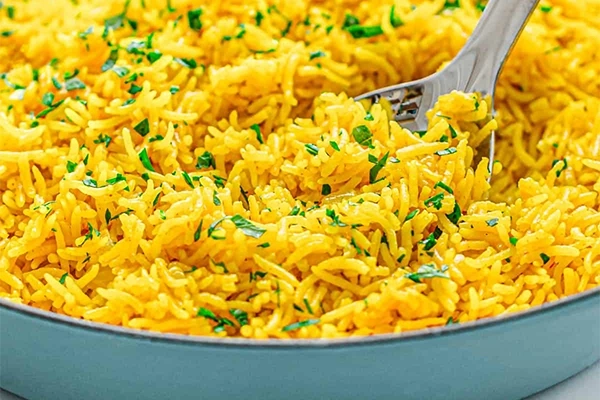
Rice and Saffron Recipes
Kateh-style Saffron Rice Recipe
An interesting note about the Kateh method is that despite its simplicity, it still requires precision and experience to achieve a delicious and well-cooked rice. The soaking time for the rice varies depending on the type to ensure even cooking. The amount of water must be precisely proportional to the quantity of rice, neither too little nor too much. Controlling the heat at different stages of cooking Kateh-style saffron rice is crucial. The final steaming stage completes the flavor, aroma, and texture of the rice. Indeed, despite the simple method, the proper and professional execution of Kateh requires experience and “cooking instinct” to produce a popular and delicious rice that leaves a memorable taste.
Abkeshi-style Rice and Saffron Recipe
Preparing festive saffron rice involves some important points that should be noted. Soaking the rice before cooking is crucial to ensure it cooks evenly and becomes tender. Additionally, using lemon juice in the soaking water imparts a fresh, fragrant delight to the flavor of the rice. After soaking, the cooking process and adding saffron transforms it into a delectable and celebratory dish with an exquisite taste and aroma.
Saffron Tahdig (Crispy Rice Crust) Recipe
Having a crispy and delicious tahdig can multiply the enjoyment of saffron rice. An important tip is that after preparing the saffron tahdig, you should invert it onto a plate when serving the rice, so the beautiful tahdig sits atop the rice. Furthermore, you can use other ingredients like barberries, walnuts, pistachios, or raisins to garnish and enhance the flavor and beauty of the tahdig. Finally, for achieving a perfectly crisp saffron tahdig, it’s best to use copper or cast iron pots, as these materials absorb more heat compared to non-stick surfaces, resulting in a better-cooked tahdig.
Important Tips for Cooking Saffron Rice
1. Using butter instead of olive oil or directly using frying oil affects the appearance and taste of the tahdig. Butter creates a glossy, copper-colored surface on the tahdig.
2. It’s not entirely accurate to claim that you can make tahdig using raw ingredients like butter, turmeric, and fried lentils. Both can stain the dining table, and with frying butter, you could make tahdig.
3. What makes the tahdig overly flavorful and salty is: firstly, the sweetened frying butter; secondly, direct use and frying. The sweetness from the frying butter is only a part of the color change in the tahdig.
List of Dishes to Serve with Saffron Rice
Iranian dishes:
- Persian Kebabs: Koobideh (ground meat), Joojeh (chicken), or Barg (lamb) kebabs
- Ghormeh Sabzi: A popular Iranian herb stew with meat and kidney beans
- Fesenjan: A rich pomegranate and walnut stew, often made with chicken or duck
- Khoresh Bademjan: Eggplant and tomato stew with meat
- Zereshk Polo: Barberry rice, often served with chicken
- Tahchin: A savory saffron rice cake with layers of chicken or lamb
International dishes:
Indian Butter Chicken: A creamy, tomato-based curry that complements the fragrant saffron rice.
Greek Lamb Kleftiko: Slow-cooked lamb with herbs and lemon, offering a Mediterranean flavor.
Spanish Paella: While typically made with saffron rice itself, components like seafood or chorizo can be served alongside.
Moroccan Tagine: A slow-cooked stew with meat, vegetables, and aromatic spices.
Thai Yellow Curry: Its mild, coconut-based sauce pairs nicely with saffron rice.
Turkish Kofte: Spiced meatballs that offer a nice contrast to the delicate saffron flavor.
Lebanese Shawarma: Thinly sliced seasoned meat, often served with garlic sauce.
Italian Osso Buco: Braised veal shanks in a rich sauce, traditionally served with risotto but excellent with saffron rice.
French Coq au Vin: Chicken braised in wine, offering a rich flavor to complement the rice.
Mexican Mole Poblano: A complex sauce often served over chicken, providing an interesting flavor contrast.
This variety demonstrates that rice can be the main component of a meal and can be combined with different stews, vegetables, meat, and even fish to offer diverse flavors. Each of these dishes showcases the rich culinary culture and traditions of different regions in world.
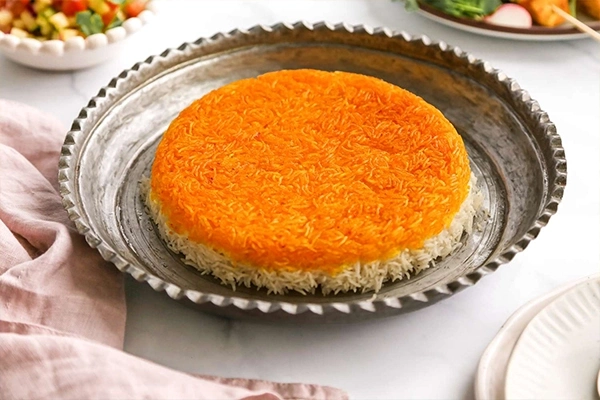
Conclusion
Rice is truly the source and foundation of plant-based nutrition in Iranian culture. From lamb to raisins, all ingredients can be combined with rice in some way to create varied and delicious flavors. As mentioned, Faraz Hypermarket can be a suitable source for obtaining rice and saffron. The quality of Faraz Hypermarket’s products, including fresh saffron, allows you to prepare various delicious dishes based on your taste. Therefore, when you want to make a tasty and traditional dish like saffron rice, Faraz Hypermarket is an appropriate choice. With high-quality rice and saffron from Faraz Hypermarket, you can prepare various dishes like polo with raisins, lentils, potatoes, or even vegetarian options. This provides the opportunity to enjoy local and traditional Iranian flavors at home. Thus, Faraz Hypermarket is undoubtedly a suitable option for purchasing ingredients for traditional Iranian cuisine.
